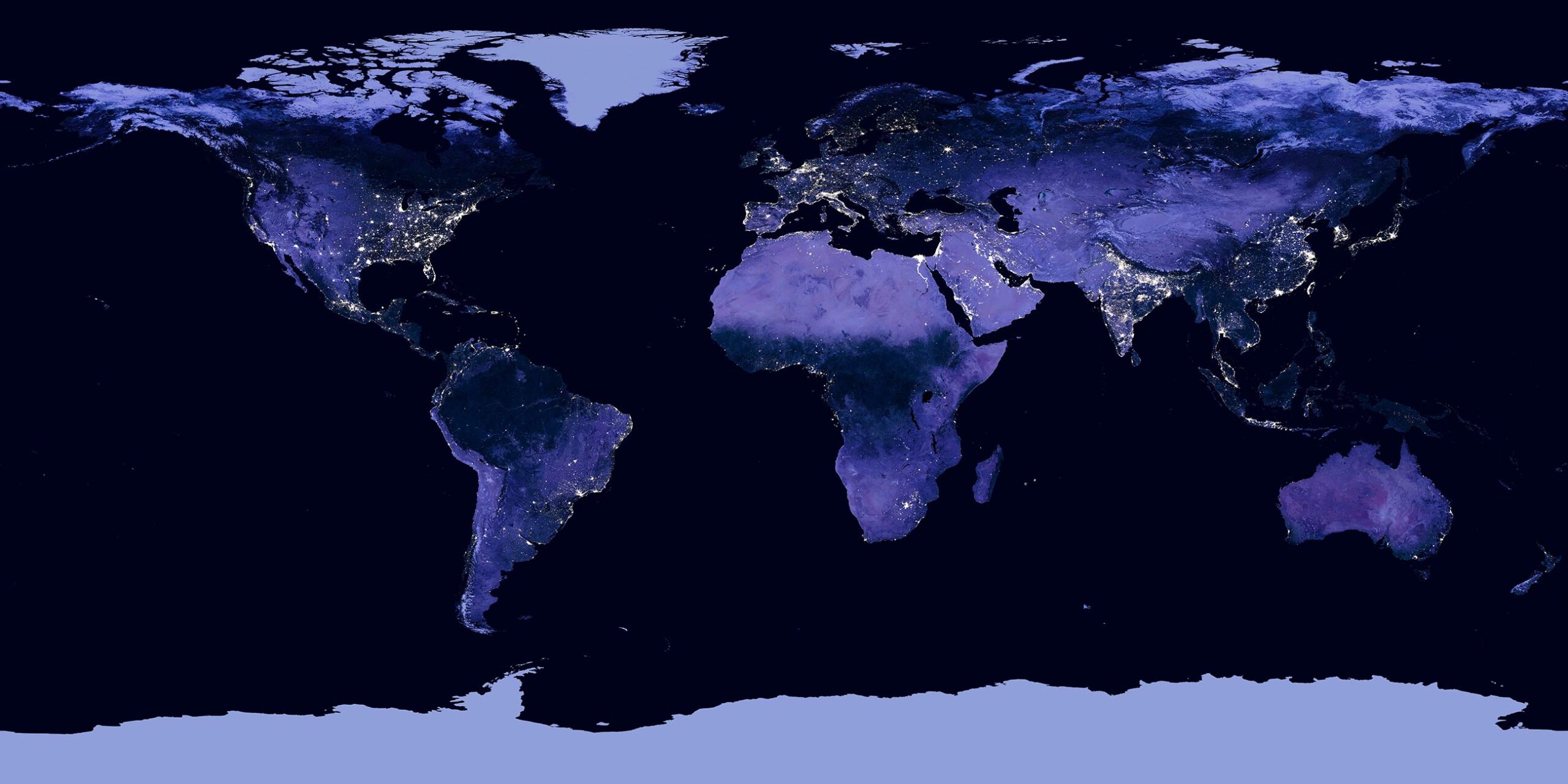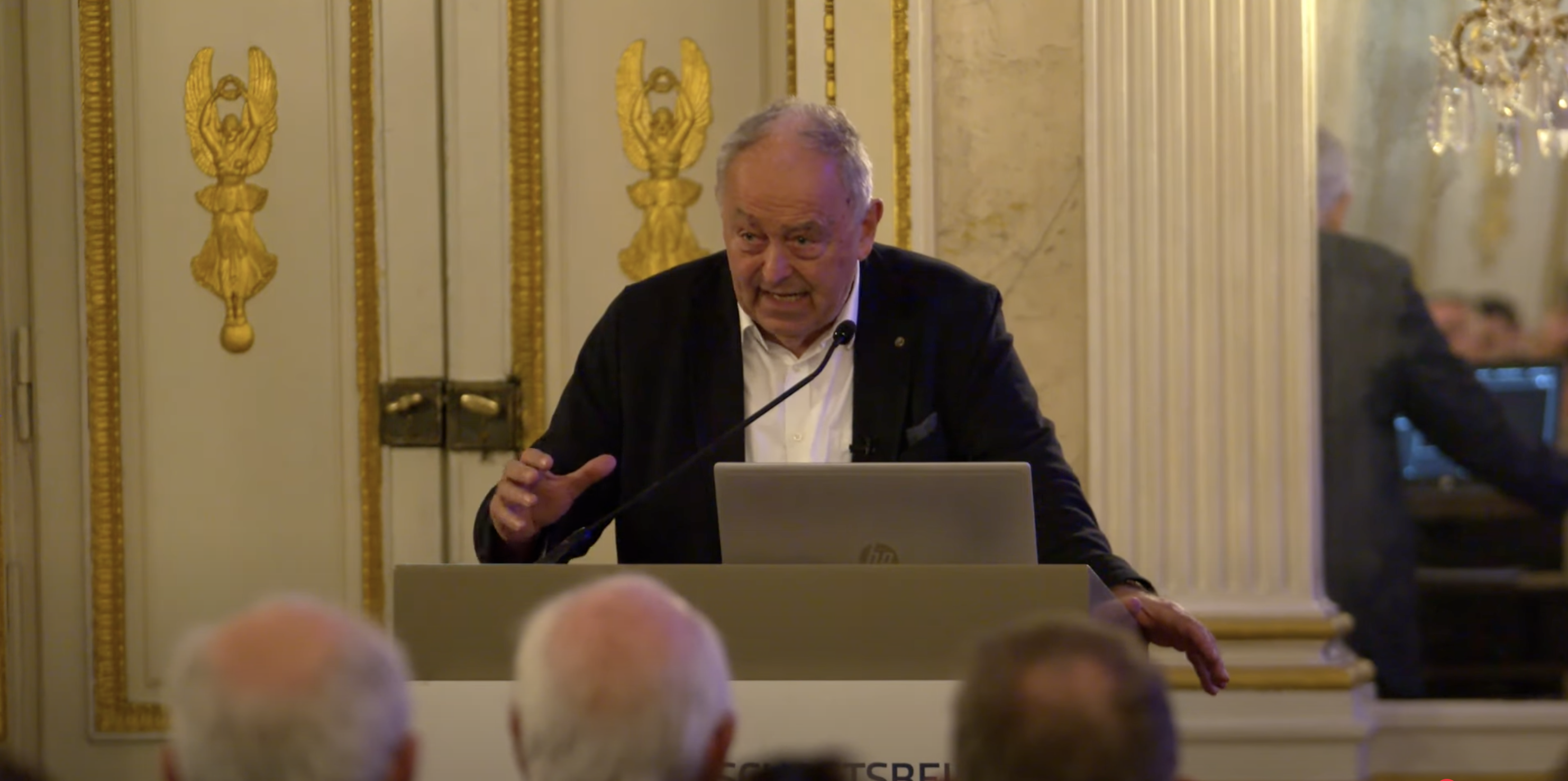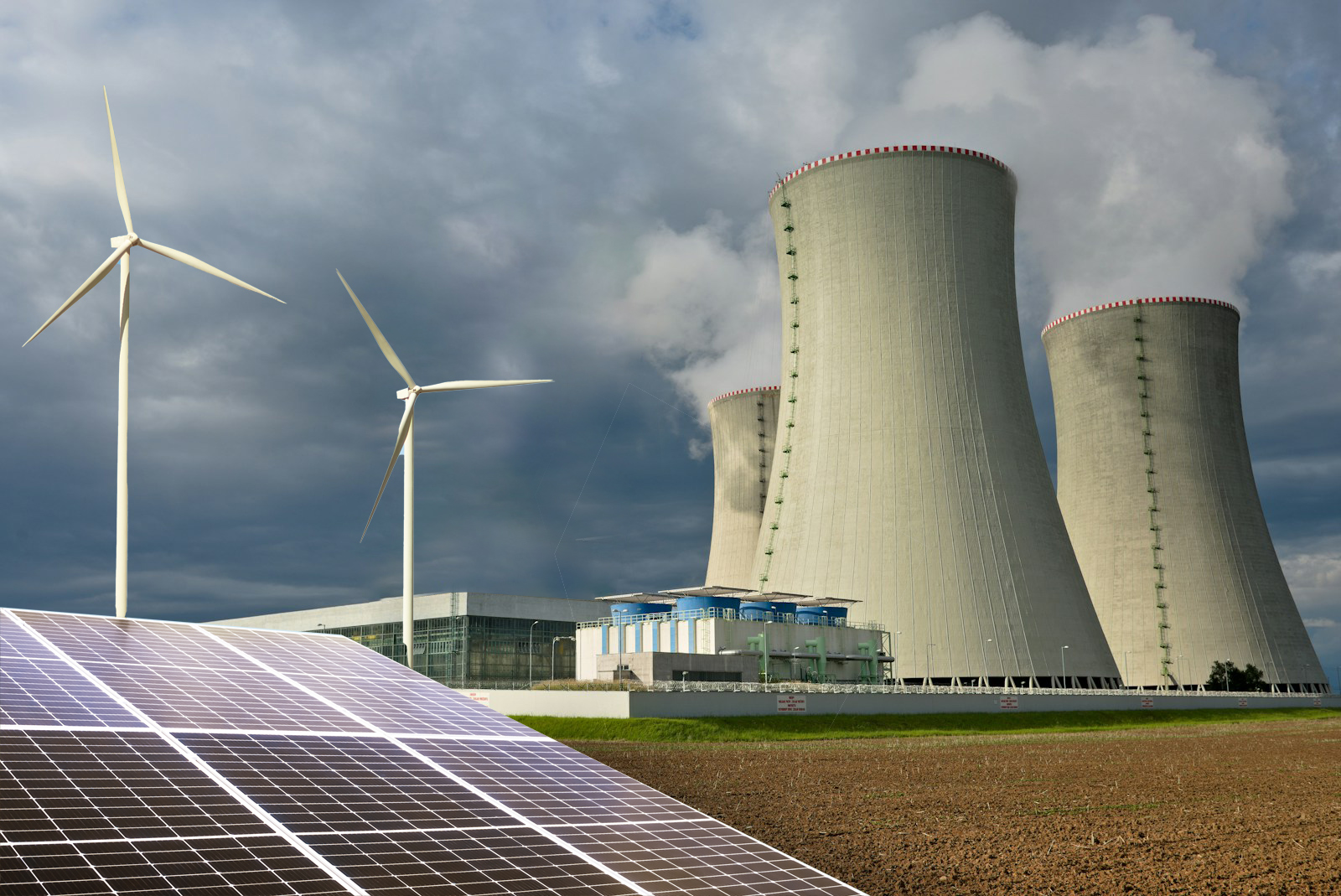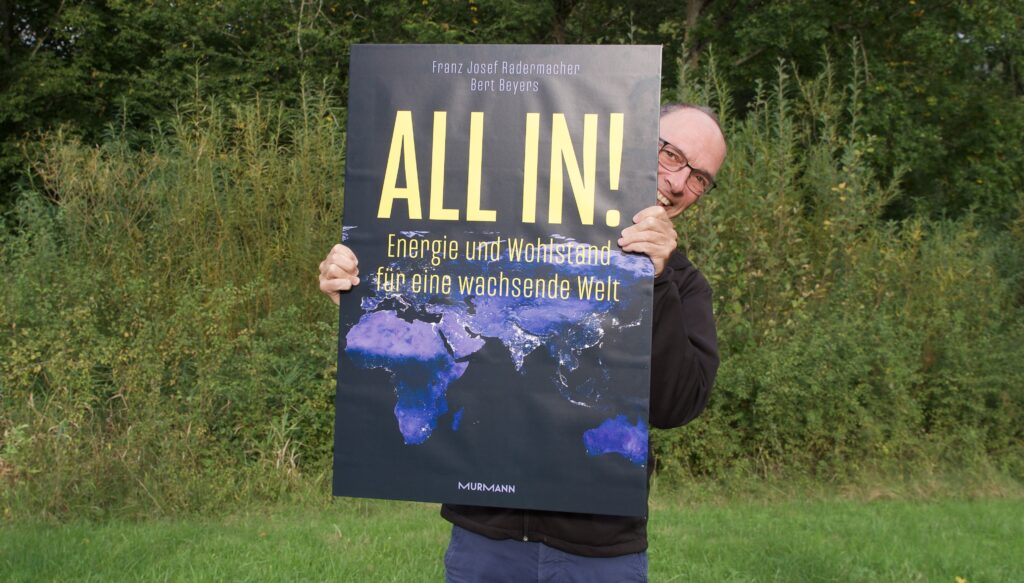At this point, some news of the last few weeks will be addressed which, from GES’ point of view, are reason for hope because they contain building blocks of a possible global solution and / or could help to develop a realistic view of the challenges ahead of us.
At the Petersberg Climate Dialogue (PKD), fundamental differences are emerging for the World Climate Conference (COP28) to be held in Dubai at the end of 2023. At the PKD, German Foreign Minister Annalena Baerbock called for a global expansion of renewable energies by about 1,000 gigawatts by 2030 and the “end of the age of fossil energies”. In contrast, the President-elect of COP28, Sultan Ahmed Al Jaber, spoke of a phase-out of “fossil emissions”. Al Jaber is a proponent of carbon capture and storage (CCS).
On April 15th, the last three nuclear power plants in Germany – Isar 2 in Bavaria, Emsland in Lower Saxony and Neckarwestheim 2 in Baden-Württemberg – went off the grid. This marked the end of the era of German nuclear energy after more than 60 years. The shutdown plants must now continue to be cooled and maintained. In the next few weeks, the fuel elements will be removed from the reactor cores. Afterwards, the operators must begin the expensive dismantling process. The search for a final repository in Germany will probably take several decades. Politicians are also calling for the shutdown power plants to be kept in reserve. According to the Deutschland-Trend of the ARD-Morgenmagazin, 59 per cent of the respondents thought the decision of the federal government to shut down the nuclear power plants was wrong.
While Germany is phasing out nuclear energy, a new nuclear power plant has been connected to the grid in Finland, albeit with great delay. In Poland, preliminary contracts have been signed for the construction of new nuclear power plants. Construction will start in 2026 and a total of six nuclear power plants are to produce electricity by the mid-2040s.
The new Swedish government is also planning to expand nuclear energy. By 2030, its share in the electricity mix is to increase to 50 per cent. Hydro and wind power are also far ahead in Sweden. The share of gas and coal in electricity production is approaching zero.
The expansion of the European offshore wind industry is lagging behind. The industry is urgently calling for EU funding. Nine European countries met in Ostend, Belgium, for the North Sea Summit. By 2050, at least 300 gigawatts are to be generated from European offshore wind energy. Meanwhile, the UK and the Netherlands are planning to build a power line through the North Sea, called LionLink.
The European Union has agreed on blending quotas for climate-friendly fuels in air transport. In 2025, the share of e-kerosene is to be 2 per cent. The blending will be increased in five-year steps: to 6 percent in 2030, 20 percent in 2035 and finally 70 percent in 2050. A statement by the lobby organisation eFuel alliance says: “The level of the quotas now set gives the industry a concrete roadmap. Nevertheless, the agreed quantities remain below what would be technically possible and necessary in terms of climate policy.” The compromise still has to be confirmed by the EU Parliament and the member states.
In Lengfurt, Bavaria, a carbon capture and usage facility on an industrial scale is scheduled to go into operation at a cement plant in 2025. The capacity of the CCU plant from Heidelberg Materials is to be 70,000 tonnes of CO2 per year. The plant is being built by Linde.
Last year, 4.8 billion cubic metres of natural gas were produced in Germany. According to the German Natural Gas, Petroleum and Geoenergy Association (BVEG), this is 5.5 per cent of Germany’s natural gas demand. Ludwig Möhring, head of the BVEG, advocates examining environmentally compatible extraction of domestic shale gas.
The summer of 2022 was the warmest ever recorded in Europe. According to the EU climate change service Copernicus, it was 1.4 degrees above the reference period 1991 to 2020. Records were also set for solar radiation, glacier retreat in the Alps and the number of days with extreme heat.




